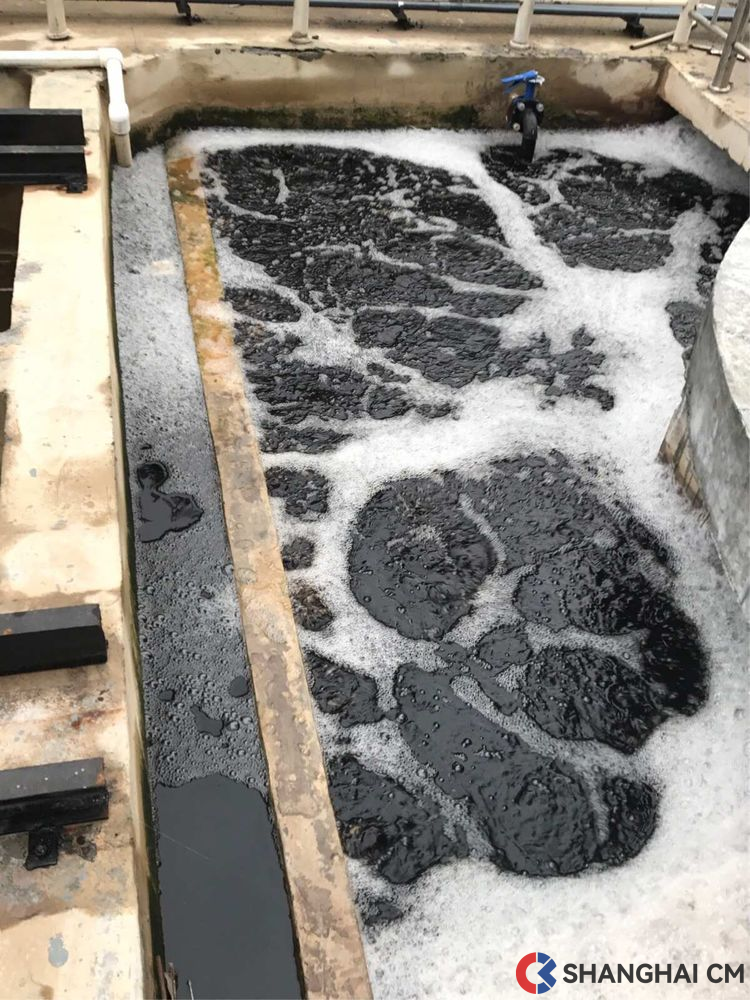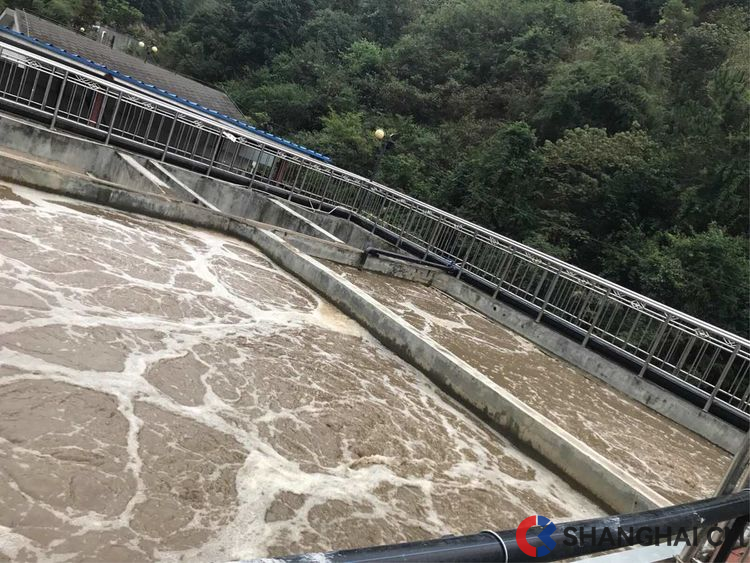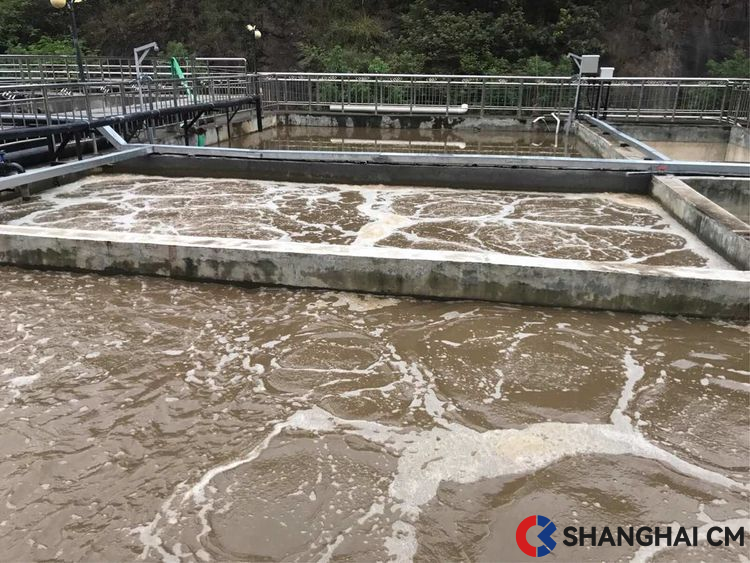How to Treat Landfill Leachate Effectively?

Landfill leachate poses serious environmental threats if not treated properly. This contaminated water contains high levels of pollutants that can damage ecosystems and groundwater sources.
Effective landfill leachate treatment requires multi-stage processes including pretreatment, biological treatment, membrane filtration, and advanced oxidation. The specific approach depends on leachate characteristics and discharge standards.

Understanding landfill leachate properties and treatment methods is crucial for environmental protection. Let me break down everything you need to know about treating this challenging wastewater.
What Is Landfill Leachate and Where Does It Come From?
Landfill leachate forms when water passes through buried waste materials. Rain, groundwater, and decomposition processes create this heavily polluted liquid. The contamination levels make it one of the most challenging wastewaters to treat.
Landfill leachate originates from four main sources: moisture in waste materials, biochemical reactions, groundwater infiltration, and atmospheric precipitation. Rainfall contributes the largest volume due to its concentrated, short-term, and repetitive nature.

Key Characteristics of Landfill Leachate
Landfill leachate shows extreme pollution levels that vary significantly over time. The composition changes as landfills age and waste decomposes. These variations require flexible treatment approaches.
High COD and BOD5 concentrations define landfill leachate. COD levels can reach 90,000 mg/L while BOD5 can hit 38,000 mg/L or higher. These concentrations are hundreds of times higher than typical municipal wastewater.
Ammonia nitrogen content stays consistently high and increases with landfill age. Concentrations can reach 1,700 mg/L. Nitrogen exists mainly as ammonia, representing 40-50% of total Kjeldahl nitrogen.
Water quality changes dramatically based on landfill age. Young leachate from landfills under 5 years old shows high COD and BOD5 with good biodegradability. Mature leachate from landfills over 5 years old has lower organic content but higher ammonia concentrations.
Metal concentrations present serious treatment challenges. Leachate contains over ten different metal ions. Iron concentrations can reach 2,000 mg/L during acidic fermentation phases. Zinc levels hit 130 mg/L, lead reaches 12.3 mg/L, and calcium can exceed 4,300 mg/L.
Nutrient imbalances complicate biological treatment. The carbon, nitrogen, and phosphorus ratios are severely unbalanced. BOD5 to phosphorus ratios typically exceed 300:1, requiring nutrient supplementation for effective biological treatment.
How Does Modern Leachate Treatment Work?
Modern treatment systems use multiple stages to handle different contaminants. Each stage targets specific pollutants using different mechanisms. The complete process ensures final effluent meets strict discharge standards.
The standard treatment train includes pretreatment, UASB anaerobic digestion, denitrification, carbon oxidation, nitrification, MBR membrane bioreactor, nanofiltration, and reverse osmosis for complete treatment.

Understanding Each Treatment Stage
Pretreatment removes large solids and adjusts pH levels. This stage protects downstream equipment from damage and fouling. Screen filters catch debris while chemical addition balances acidity levels.
UASB anaerobic treatment handles high organic loads efficiently. Anaerobic bacteria convert organic matter to methane and carbon dioxide. This stage can remove 70-80% of COD while producing useful biogas.
Denitrification converts nitrates back to nitrogen gas. This biological process requires carbon sources and controlled oxygen levels. Effective denitrification removes 80-90% of nitrate nitrogen.
Carbon oxidation and nitrification work together for nitrogen removal. Nitrifying bacteria convert ammonia to nitrites then nitrates. This two-step process requires careful pH and oxygen control.
MBR membrane bioreactors combine biological treatment with physical separation. Ultrafiltration membranes retain biomass while producing high-quality effluent. This stage achieves excellent suspended solids removal.
Nanofiltration removes dissolved salts and remaining organics. These membranes operate at moderate pressures while achieving good rejection rates. NF serves as pretreatment for reverse osmosis systems.
Reverse osmosis provides final polishing for the highest water quality. RO membranes remove virtually all dissolved contaminants. The treated water meets even the strictest discharge standards.
What Are the Current Discharge Standards?
China has established strict discharge standards reflecting increased environmental awareness. The revised Living Solid Waste Landfill Pollution Control Standard (GB16889-2008) took effect on July 1, 2008.
All existing and new landfill sites must meet specific concentration limits for multiple pollutants. These standards ensure treated leachate poses minimal environmental risk when discharged.

Detailed Discharge Requirements
The current standards set strict limits for 14 different parameters. These limits protect both surface water and groundwater resources from contamination.
| Parameter | Discharge Limit |
|---|---|
| Color (dilution ratio) | 40 |
| COD (mg/L) | 100 |
| BOD5 (mg/L) | 30 |
| Suspended Solids (mg/L) | 30 |
| Total Nitrogen (mg/L) | 40 |
| Ammonia Nitrogen (mg/L) | 25 |
| Total Phosphorus (mg/L) | 3 |
| Fecal Coliform (count/L) | 10,000 |
| Total Mercury (mg/L) | 0.001 |
| Total Cadmium (mg/L) | 0.01 |
| Total Chromium (mg/L) | 0.1 |
| Hexavalent Chromium (mg/L) | 0.05 |
| Total Arsenic (mg/L) | 0.1 |
| Total Lead (mg/L) | 0.1 |
These standards require advanced treatment technologies to achieve compliance. Simple biological treatment cannot meet these strict limits. Multi-stage treatment systems with membrane technologies are essential for consistent compliance.
Heavy metal limits are particularly challenging. These low concentrations require specialized removal techniques. Precipitation, ion exchange, or advanced oxidation may be necessary depending on influent concentrations.
Effective landfill leachate treatment protects our environment while managing waste disposal needs. The right combination of technologies ensures clean water discharge.

